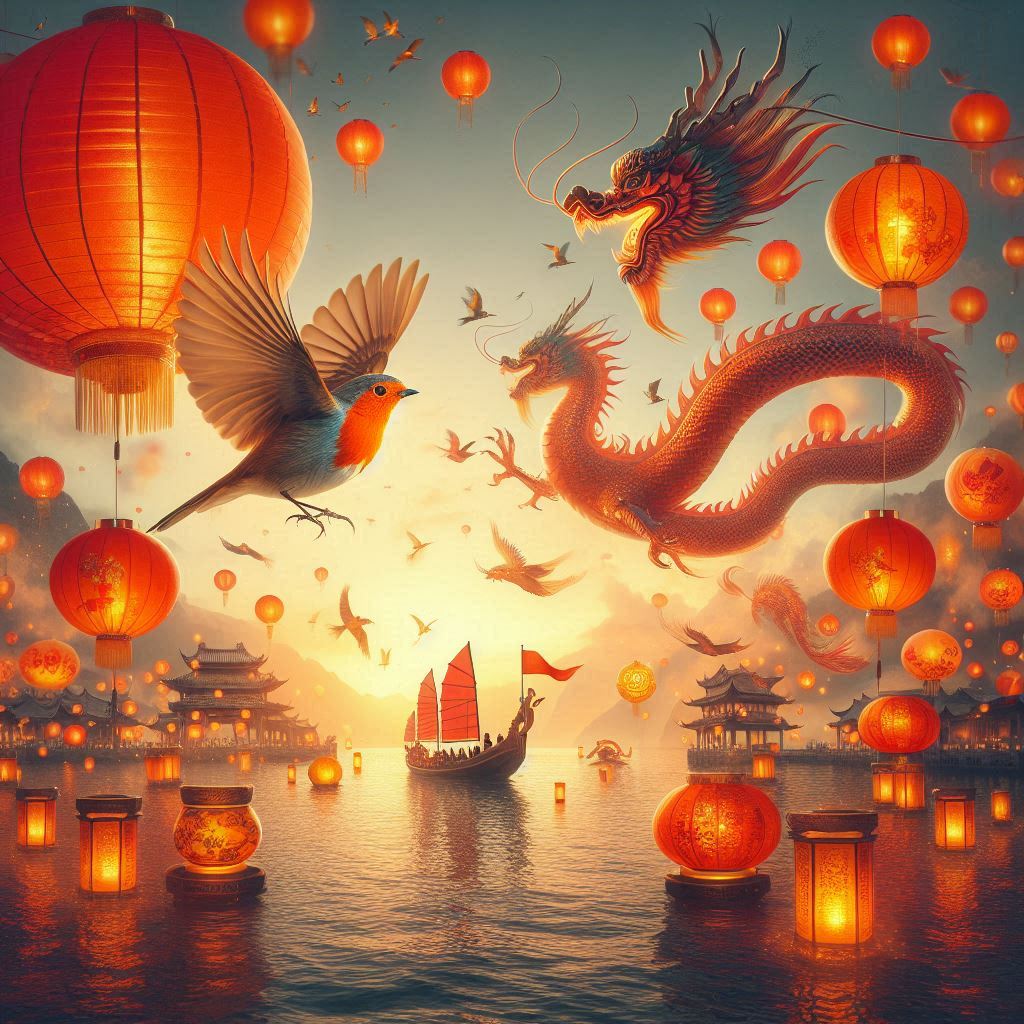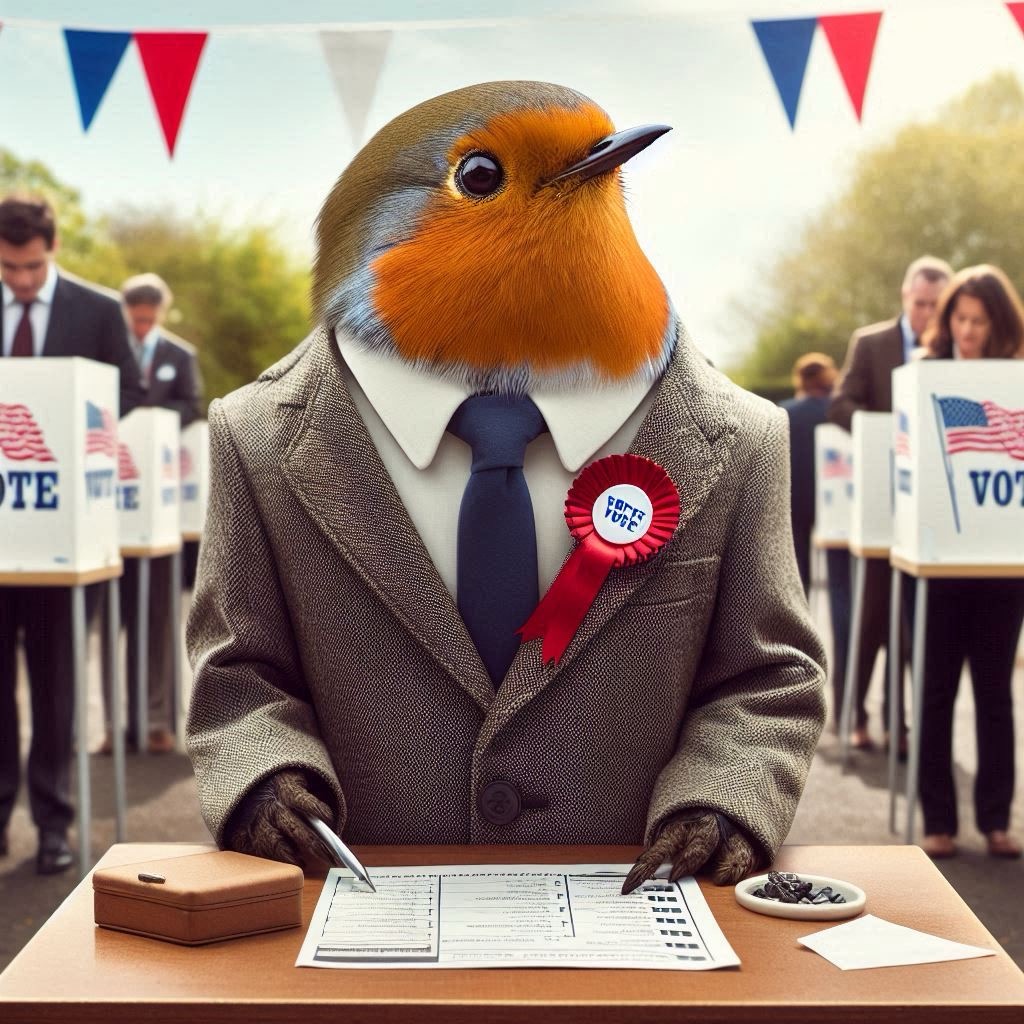The Rich History of Chinese New Year
Chinese New Year which begins on January 29, 2025, and ends on February 12, 2025, is also known as the Spring Festival or Lunar New Year, is a deeply rooted tradition that dates back over 4,000 years. This vibrant festival marks the beginning of the new lunar year and is a time for families to reunite, honor their ancestors, and wish for good fortune in the coming year. The legend behind Chinese New Year revolves around the mythical beast Nian, who would terrorize villages every year. Villagers discovered that Nian was afraid of loud noises, bright lights, and the color red, leading to the customs of fireworks, lanterns, and red decorations that we see today.
Worldwide Celebrations
Chinese New Year is celebrated not only in China but also across the globe in countries with significant Chinese communities. Major cities like Beijing, Shanghai, Hong Kong, and Guangzhou hosts grand festivities featuring dragon and lion dances, parades, and fireworks. In the United States, cities like San Francisco, New York, and Los Angeles have their own spectacular celebrations, with elaborate parades and cultural performances. In Southeast Asia, countries like Malaysia, Singapore and Indonesia embrace the festival with open arms, hosting vibrant events that showcase traditional music, dance, and culinary delights.

Famous Recipes
Food plays a central role in Chinese New Year celebrations, symbolizing prosperity, longevity, and happiness. Here are a few famous recipes that are beloved during the festival:
-
Dumplings (Jiaozi): Dumplings are shaped like ancient Chinese silver ingots, symbolizing wealth and prosperity. They are often filled with a mixture of ground pork, shrimp, and vegetables, and are either boiled, steamed, or pan-fried.
-
Spring Rolls: These golden, crispy rolls symbolize wealth and are filled with a variety of ingredients such as vegetables, meat, and seafood. They are usually deep-fried to perfection.
-
Nian Gao (Sticky Rice Cake): This sweet and sticky rice cake represents a higher income or position in the coming year. It is made from glutinous rice flour, sugar, and water, and can be steamed or fried.
-
Fish (Yú): Fish is a must-have dish during Chinese New Year, as the word "fish" sounds like "surplus" in Chinese, symbolizing abundance. It is typically served whole and steamed with ginger, scallions, and soy sauce.
Popular Events
Chinese New Year is a time of joy and celebration, filled with various events that bring communities together. Some popular events include:
-
Dragon and Lion Dances: These traditional performances are meant to scare away evil spirits and bring good luck. Dancers wear elaborate costumes and mimic the movements of these mythical creatures, accompanied by the rhythmic beats of drums and cymbals.
-
Fireworks and Firecrackers: Fireworks and firecrackers are an essential part of the festivities believed to ward off evil spirits and bring in the new year with a bang. The dazzling displays light up the night sky and create a festive atmosphere.
-
Lantern Festival: The Lantern Festival marks the end of the Chinese New Year celebrations. People gather to release beautiful lanterns into the sky or float them on water, symbolizing the wish for a bright and prosperous future.
-
Temple Fairs: Temple fairs are held in various cities and towns, offering a variety of traditional foods, crafts, performances, and games. These fairs provide an opportunity for families to enjoy the festive spirit and experience cultural traditions.
Songs That Represent the Holiday
Music plays an integral role in Chinese New Year celebrations, with many songs capturing the festive and joyful spirit of the holiday. Some popular songs include:
-
"Gong Xi Gong Xi" (Congratulations): This classic song is played everywhere during the Chinese New Year season, spreading cheer and well-wishes. Its catchy melody and positive lyrics make it a favorite among all generations.
-
"Happy New Year" (新年好): A lively and upbeat song that wishes everyone a happy and a prosperous New Year. Children often sing it and families as they celebrate together.
-
"The Spring Festival Overture" (春节序曲): This instrumental piece by Chinese composer Li Huanzhi captures the essence of the Spring Festival, with its vibrant and uplifting melody evoking the excitement and joy of the holiday.
Embracing the Spirit of Chinese New Year of the Snake in 2025
Chinese New Year is more than just a celebration; it's a time to reflect on the past, cherish the present, and look forward to the future. It's a festival that brings families and communities together, fostering a sense of unity and belonging. As we embrace the beauty of Chinese New Year, we are reminded of the importance of tradition, the joy of togetherness, and the hope for a brighter tomorrow. So, whether you're part of a grand celebration in a bustling city or sharing a quiet meal with loved ones, may the spirit of Chinese New Year fill your heart with happiness and good fortune.




















